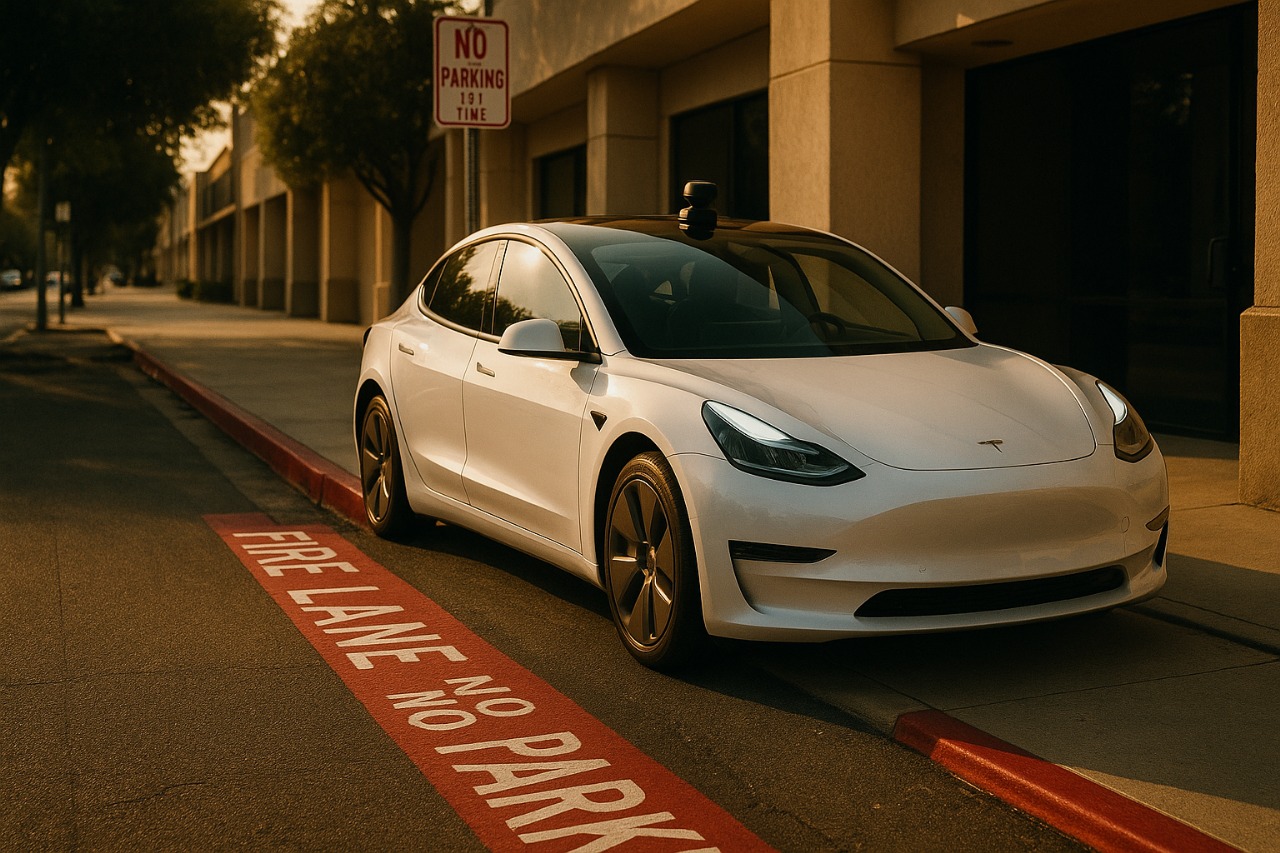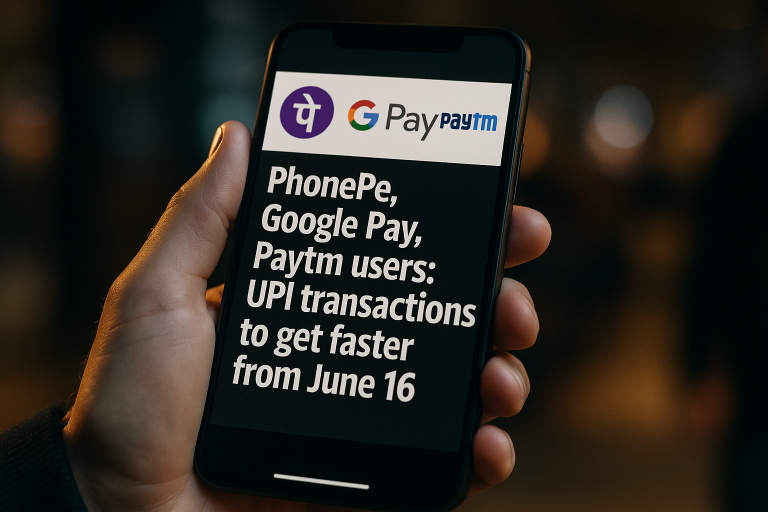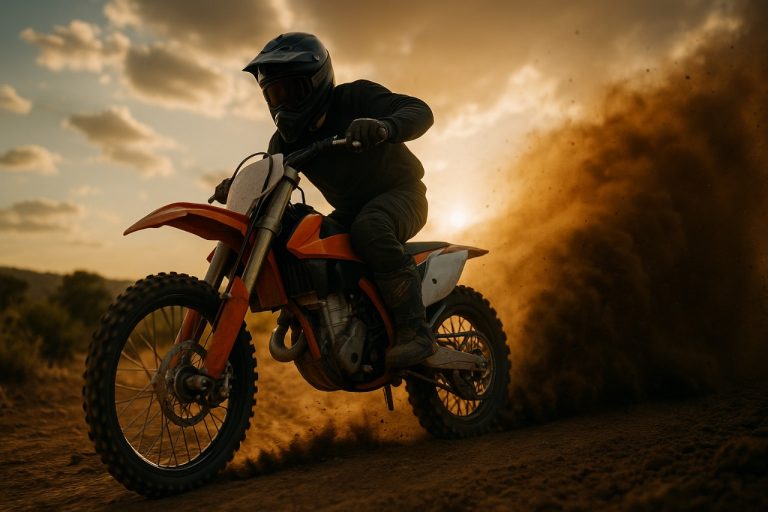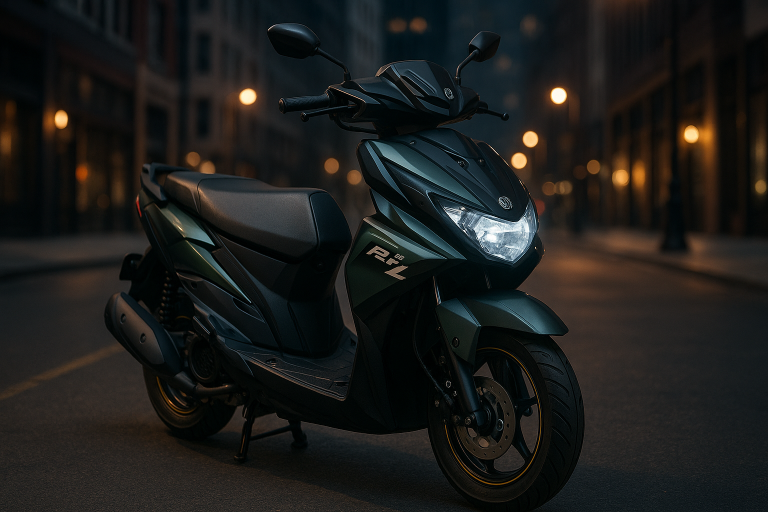Tesla’s First Driverless Delivery Sparks Controversy After Parking in Fire Lane
Tesla’s First Driverless Delivery Ends In A Fire Lane
Tesla just made headlines again – but not for the reason they’d hoped. The company’s first public driverless vehicle delivery ended up parking illegally in a fire lane, triggering backlash from safety officials and sparking fresh debate over the readiness of autonomous vehicles. This incident unfolded just hours after Tesla launched its pilot program for driverless deliveries in a residential area of California.
The Delivery That Went Off Track
According to eyewitnesses and local news reports, a Tesla Model 3 equipped with full self-driving (FSD) capabilities was delivering a package from a partner retailer. Everything went smoothly until the vehicle reached its destination – where it stopped and parked in a clearly marked fire lane.
Photos and videos of the parked car quickly went viral on social media, showing the vehicle idling in a spot meant for emergency access only. Local fire officials confirmed that while no emergency was happening at the time, such behavior could create serious problems during urgent situations.
Tesla has yet to issue an official comment, but sources say the vehicle was operating fully autonomously with no human driver or remote assistance at the time of the incident.
Why This Sparks Major Concerns About FSD
This minor parking mishap has huge implications for Tesla’s future ambitions. The fire lane parking situation underscores the key challenge in full autonomy: recognizing not just street signs and pedestrians, but also contextual judgment — like knowing not to block an emergency lane, even if it looks like the only available space.
Tesla’s Full Self-Driving Beta has been under close scrutiny by regulators and safety experts, and this incident could further fuel calls for stricter oversight. While Tesla describes its FSD system as a “Level 2” semi-autonomous system requiring driver supervision, in this case, no one was present to correct the mistake.
Is Tesla Moving Too Fast With Autonomy?
Elon Musk has long promised a future filled with autonomous Tesla robotaxis, and this trial delivery seemed to be a step toward that vision. However, critics argue that Tesla’s aggressive rollout of self-driving features puts the public at risk when the software still occasionally makes basic errors.
This isn’t the first time a Tesla with FSD has made headlines for questionable driving behavior. From phantom braking to lane misjudgments, Tesla’s autonomy software has shown both impressive capability and worrying inconsistency.
And now, parking in a fire lane could turn into a public relations firestorm.
What This Means for Tesla and the EV Industry
Tesla’s driverless ambitions aren’t just about convenience – they’re central to its business strategy. A successful autonomous delivery fleet would revolutionize logistics, reduce costs, and eliminate the need for human drivers.
But incidents like this fire lane mistake expose the gap between technology and real-world responsibility. While machine learning has come a long way, situations that require human-like reasoning – such as obeying nuanced traffic rules – still pose a challenge.
As other companies like Waymo and Cruise roll out their own autonomous vehicles with human backup systems, Tesla’s solo approach could come under regulatory fire if more such incidents occur.
What Comes Next for Tesla Driverless Cars
The National Highway Traffic Safety Administration (NHTSA) is reportedly reviewing the incident. If they conclude that Tesla’s FSD lacks the necessary safeguards, it could delay broader rollouts of autonomous delivery programs.
Tesla fans, on the other hand, argue that these early missteps are expected in any disruptive tech. They believe the company will fine-tune the AI system quickly and resolve these issues before full-scale deployment.
But for now, parking in a fire lane might become the symbol of just how far autonomous vehicles still have to go.
FAQs About the Tesla Fire Lane Incident
What happened with Tesla’s first driverless delivery?
Tesla’s autonomous delivery vehicle parked in a fire lane, raising concerns about the FSD system’s decision-making.
Was the Tesla delivery fully driverless?
Yes, the Model 3 was operating autonomously without a human driver or remote supervision.
Is parking in a fire lane illegal?
Yes, fire lanes are reserved for emergency vehicles, and parking there is typically a traffic violation.
Has Tesla responded to the incident?
As of now, Tesla has not released an official public statement.
Will Tesla face fines or legal action?
It’s possible. Local authorities and the NHTSA may take action depending on the investigation.
What does this mean for Tesla’s FSD program?
It could lead to regulatory delays or stricter rules around autonomous vehicle deployment.
Is Tesla the only company facing autonomous driving issues?
No. Other companies like Cruise and Waymo have also faced similar public incidents during their beta tests.
Can the car’s AI be trained to avoid such mistakes in the future?
Yes, Tesla’s FSD uses machine learning and can be updated over-the-air to improve decision-making.
Is Tesla’s FSD legally considered full self-driving?
No, despite the name, Tesla FSD is currently a Level 2 system, requiring driver oversight.
What is Tesla’s long-term goal with autonomous vehicles?
Tesla aims to build a fully driverless robotaxi network and autonomous delivery fleet.







